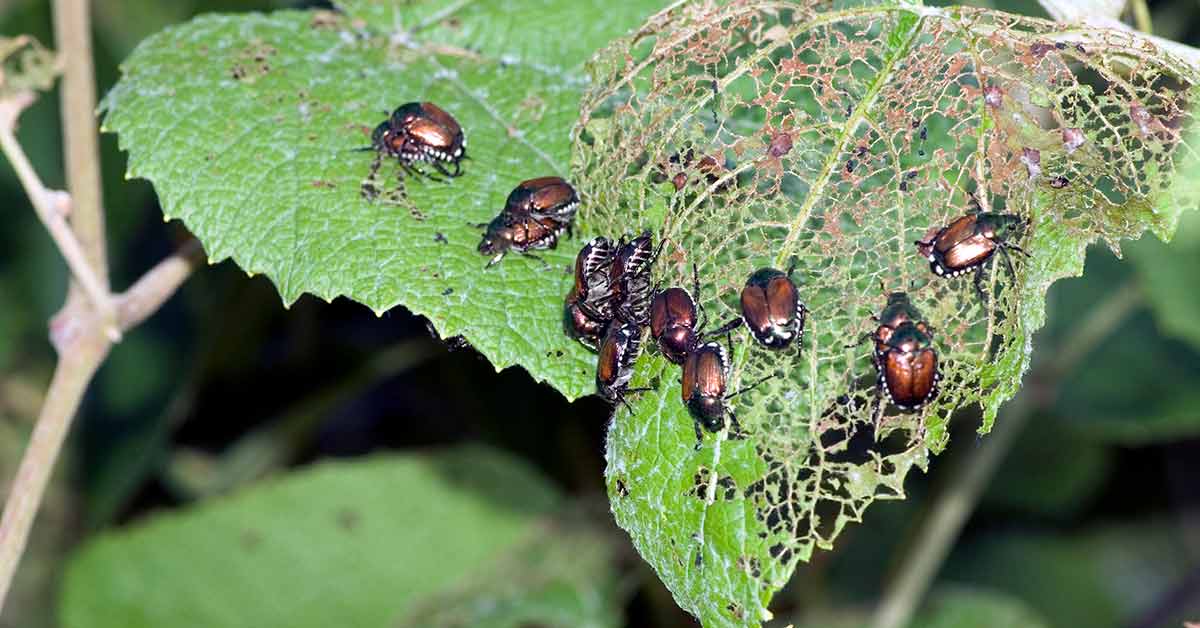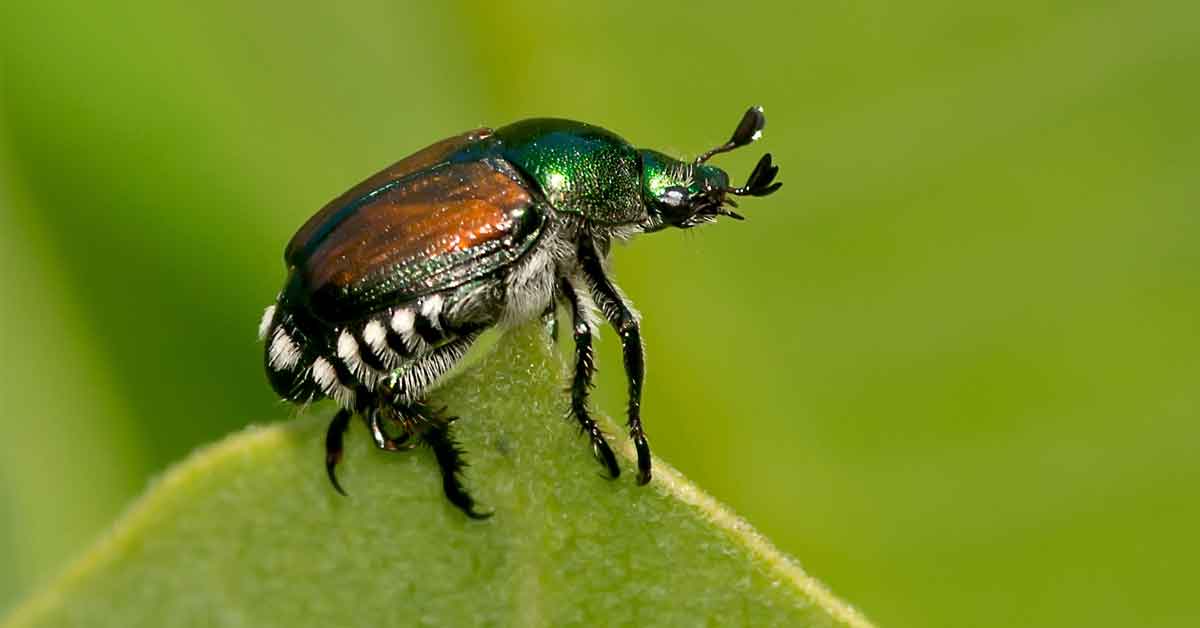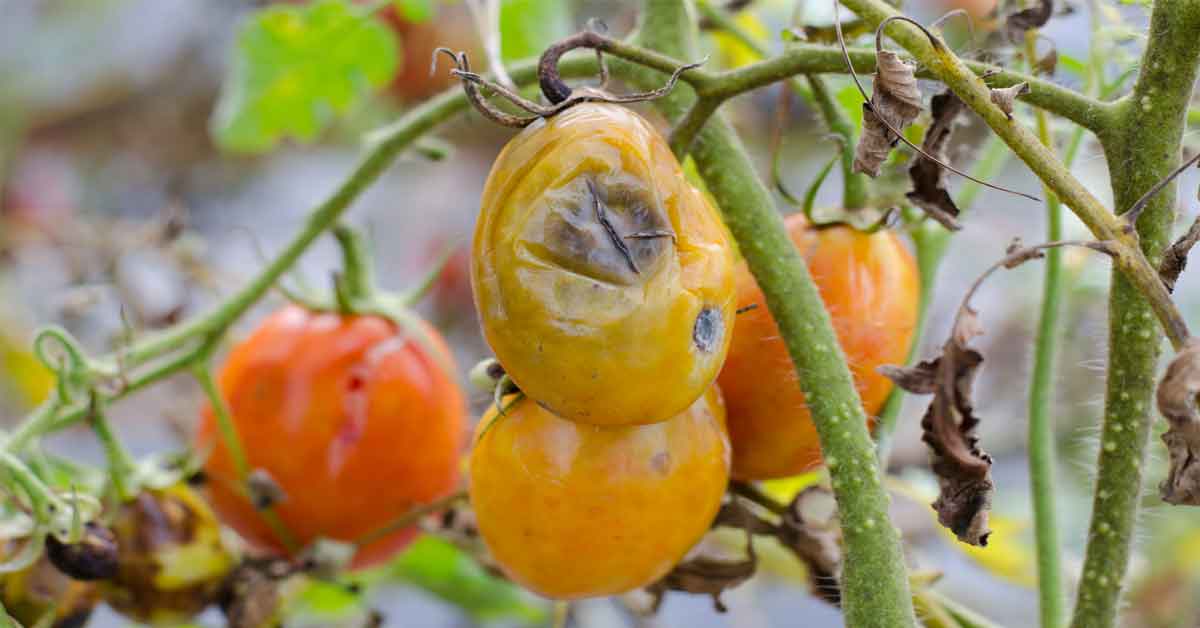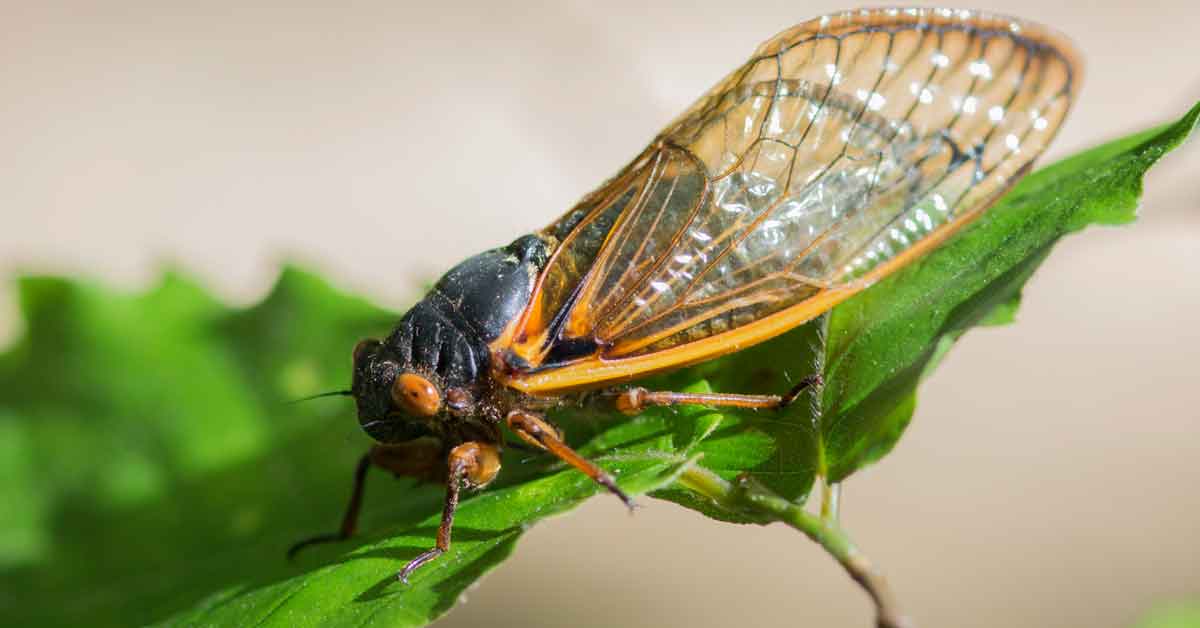¿En qué consiste el control integral de plagas (CIP)?
Even if you do everything right when building a healthy garden, pests inevitably show up. But managing your garden with a thoughtful, proactive approach helps prevent pests from doing serious damage. Integrated Pest Management (IPM) combines different types of controls — from hands-on pest removal to traditional synthetic pesticides — in a sensible, long-term plan. Designing your own program around proven IPM principles can help protect your garden and keep it healthy.
Managing Garden Pests Through IPM
IPM sees your garden and its pests as part of a larger ecosystem and manages both with the big picture in mind. By creating an environment that's inhospitable to pests, you can take away their advantage and give it to your plants.
Under IPM, a pest is any organism you don't want around. This not only includes harmful bugs, but also weeds, disease-causing pathogens and uninvited critters. Effective, integrated management includes the following steps:
- Identify good and bad bugs.
- Monitor pest activity regularly.
- Set thresholds for tolerable pest damage — with limits!
- Establish a plan before pests cause concern.
- Take prompt, effective action when needed.
A solid IPM program wards off pests, but has minimal impact on the environment and garden creatures you want to stick around.
Balancing Pest Controls in Your Garden
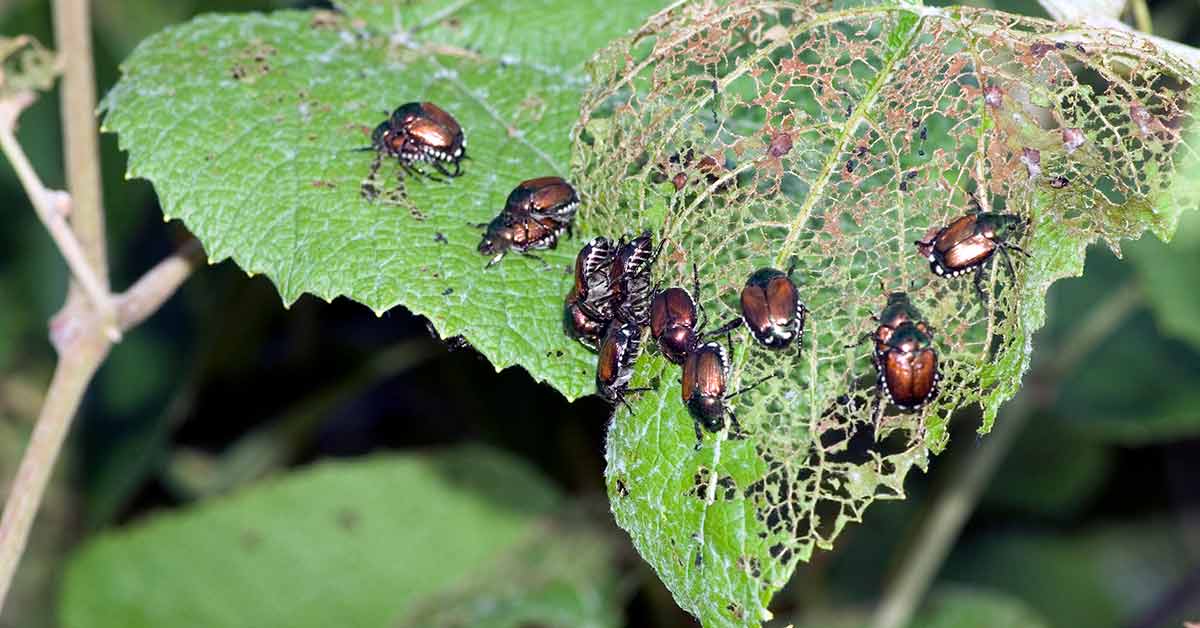 Four main categories of pest controls form IPM's foundation: cultural, biological, mechanical/physical and pesticide controls. The four work hand in hand to provide targeted, effective, long-term pest management, and each category plays a special role.
Four main categories of pest controls form IPM's foundation: cultural, biological, mechanical/physical and pesticide controls. The four work hand in hand to provide targeted, effective, long-term pest management, and each category plays a special role.
Cultural Controls
Cultural pest controls start with the decisions you make when choosing and caring for plants. Prevention is your first line of defense; healthy, nurtured plants resist pests and diseases better than unhealthy plants. Cultural controls in good IPM programs include these simple recommendations:
- Choose plants suited to your area and its challenges. Arid, drought-prone regions, for example, call for water-wise plants with low moisture needs.
- Select disease- and pest-resistant plant varieties. Plants proven to withstand your region's most common pests hold up better under attack.
- Plant at appropriate times. In southern or western regions, fall and winter planting allows roots to establish before summer heat arrives. In northern climates, spring planting may be best.
- Choose proper sites. Sun-loving plants are more vulnerable to problems when planted in shady areas, and vice versa.
- Maintain lawn and garden tools. Sharp mower blades and proper mowing heights lead to healthier lawns. Sharp, sterile pruners help prevent the spread of disease.
- Avoid overhead watering. Some leaf diseases, such as fungal leaf spot, spread with the help of water. Water the soil at the base of plants, instead of watering leaves.
- Water in early morning. If leaves do get wet, they'll dry thoroughly before evening.
- Test your soil pH. Adjust your soil as needed; then you can feed plants right.
Knowing what your plants need — and providing all they require — gives you the upper hand over pests. Simple, common-sense cultural controls are integral to good IPM.
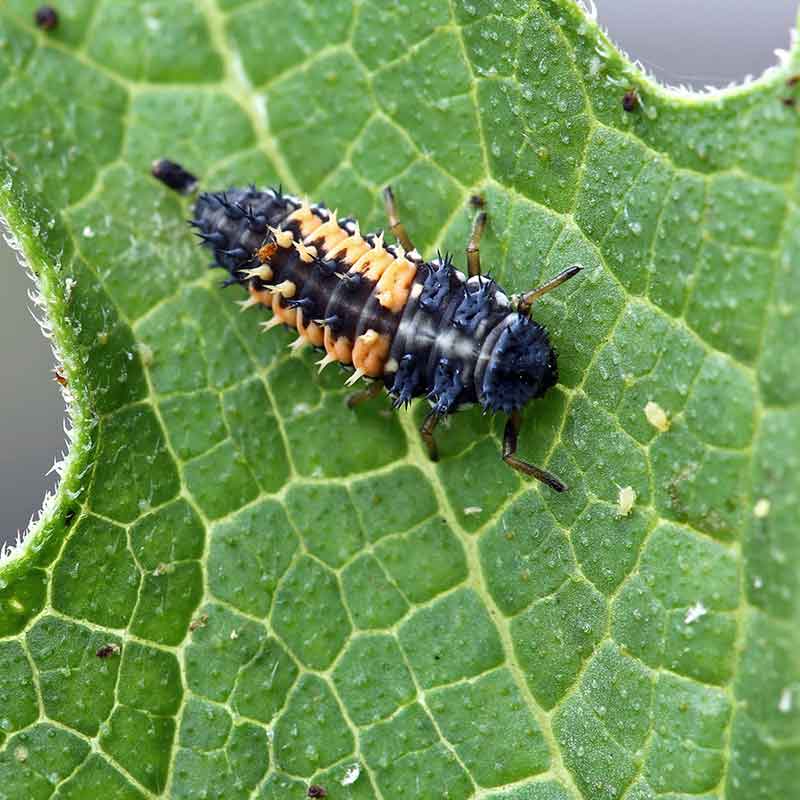
Biological Controls
All pests, from weeds and insects to diseases, have natural enemies. A balanced pest management program conserves, supports and encourages those foes. Biological IPM controls include:
- Predator insects: Adult lady beetles and their larvae are voracious aphid-eaters. Green lacewing larvae feed on all kinds of pests, including mealybugs, whiteflies, mites and thrips. These and other beneficial bugs are probably already in your garden.
- Parasitic insects: Parasitic wasps lay their eggs on and in their living targets. Eggs hatch, and then feed inside the pest. A mummified aphid with a round hole in its back is evidence that parasitic wasps have been at work.
- Biological pathogens: Bacillus thuringiensis, also known as Bt, is a soil-borne bacterium that fights mosquitoes and insects in the larval, caterpillar stage. This and other pathogens can be effective biological pesticides for very specific pests.
Pesticide Controls
An effective IPM programincludes pesticides for prevention and active treatment. Pesticides pack necessary and powerful punches, especially when other IPM controls fall short. Invasive Japanese beetles, for example, devastate gardens and skeletonize leaves and blossoms. In Japan, the beetle's natural enemies control it, but its native predators don't exist in the United States. Pesticides help fill that gap.
IPM-appropriate pesticides include the following types:
- Traditional, synthetic pesticides: IPM pesticides includes carbaryl-based products, such as GardenTech® Sevin® Brand Insecticide. The Japanese beetle homeowner IPM program devised by the U.S. Department of Agriculture's Animal and Plant Health Inspection Service names carbaryl as a highly effective IPM control for these harmful insects.1
- Natural, non-synthetic pesticides: Botanical-based pesticides fall into this IPM group and include products such as GardenTech® Worry Free® Brand Insecticide and Miticide, based on pyrethrins extracted from special chrysanthemum blossoms. This pesticide comes to the rescue on a broad range of pests and can be used on garden crops up until the day before harvest.
- Preventive pesticides: IPM incorporates traditional fungicides to help treat fungal disease and prevent it from spreading. The University of California Statewide Integrated Pest Management Program recommends clorothalonil-based products, such as GardenTech® Daconil® Fungicide, to protect healthy plants and prevent blackspot and botrytis blight in roses.2
By establishing a personalized Integrated Pest Management program for your garden, you can take action — with the right controls — when pests show up, and then rest easy. With IPM principles in mind and GardenTech® brands as your partners, you can build a healthy, harmonious garden.
Sevin is a registered trademark of Tessenderlo Kerley, Inc.
Daconil is a registered trademark of GB Biosciences Corp.
GardenTech is a registered trademark of Gulfstream Home & Garden, Inc.
Sources:
1. United States Department of Agriculture Animal and Plant Health Inspection Service, Managing the Japanese Beetle: A Homeowner's Handbook, 2007
2. University of California Agriculture & Natural Resources Statewide Integrated Pest Management Program, UC Pest Management Guidelines – Rose (Rosa spp.)
Topics: Garden and Lawn Protection, Pest Identification and Prevention
Get Monthly Gardening Advice!

